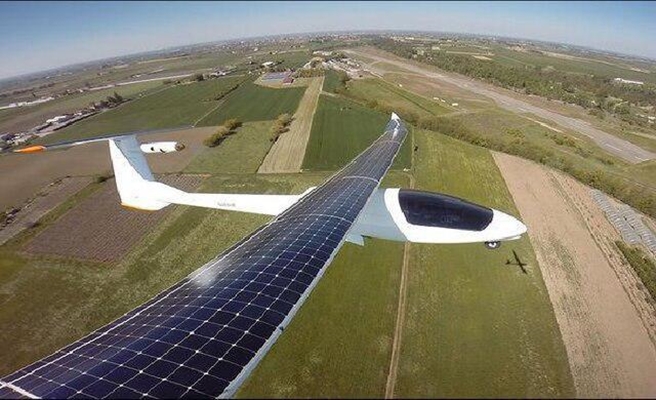Abtin Sa’adati, a researcher, emphasises that “we were able to localise the technical knowledge of the construction of solar UAVs in Iran.”
He said the cruise speed of the aircraft is 40 kph and its weight is 4.5 kg while its cargo weight is 700 grams. The drone contains the load that it normally must carry, including equipment such as a camera, sensor or any other utilities.
The wingspan of this UAV is reported to be 3.2 metres and its overall length is 1.35 metres.
Sa’adati also noted that its maximum speed is 72 kilometres per hour and the maximum allowed wind for the drone is 25 kilometres per hour.
Some solar panels are mounted on the wings of this drone that can charge the batteries inside the wings using solar energy.
He cited energy and battery consumption as 2 watts, and cell efficiency of the aircraft 22.5 percent, while the UAV’s telecommunications range is 10 kilometers and its flight altitude is 10,000 feet.
Battery-operated drones have generally a maximum flight time of one to two hours, but solar drones’ flight time is up to 8 hours, and can be increased by upgrading. Having sensors and cameras, it is capable of reconnaissance and monitoring missions and can be used to monitor oil and gas transmission lines, forestry and vegetation for several hundred acres.
Flight continuity and high flight altitude are the competitive advantages of this aircraft, while multi-router UAV’s can at most cover tens of acres because they need to return to a ground station to be recharged. However, this limitation has been addressed in this solar UAV.
The performance of each solar panel also depends on the season and the angle of the sun. If the drone is at the highest radiation angle, solar panels will perform better with these solar cells, which have a yield of 23%.
